NASA's 3D-printed rotating detonation rocket engine (RDRE) operates in record time, could transform deep space missions.
NASA's 3D-printed rotating detonation rocket engine successfully tested. Video : NASA
NASA is pushing a revolutionary new rocket technology at the Marshall Space Flight Center in Huntsville, Alabama. Engineers at the facility fired a 3D-printed Rotating Detonation Rocket Engine (RDRE) in a record 251 seconds with 5,500 pounds of thrust, New Atlas reported on December 28.
For more than six decades, NASA has relied on chemical rockets to launch vehicles into space. Chemical rockets have been operating at near theoretical limits since 1942. In addition, most liquid-fueled rockets have not changed in basic design since the days of the German V2 rocket. To further increase the efficiency of rocket engines, NASA is considering a design different from the RDRE.
Instead of a combustion chamber, where fuel and oxygen are injected and burned at subsonic speeds, in RDRE, they are injected into a gap between two coaxial cylinders. When the mixture ignites, it creates a reaction and a shock wave. That wave travels through the gap at supersonic speeds, creating more heat and pressure. If the combustion can be sustained, it will produce much more effective rocket thrust. In fact, NASA says the latest test is powerful enough and long-lasting enough to meet the requirements for landing a lander or burning engines in deep space for a mission to the Moon or Mars.
However, NASA stresses that the technology is not yet mature. Such firing tests are necessary to scale up the combustion chamber for different thrust levels. If successful, RDRE could operate on the lander, the upper stage, and provide back-thrust to send large payloads to the Martian surface.
“RDRE enables a huge leap forward in design performance,” said Thomas Teasley, a combustion equipment engineer at Marshall. “It demonstrates that we are one step closer to building a lightweight propulsion system that can carry more cargo and equipment into deep space, an essential part of NASA’s plans to fly to the Moon and Mars.”
An Khang (According to New Atlas )
Source link



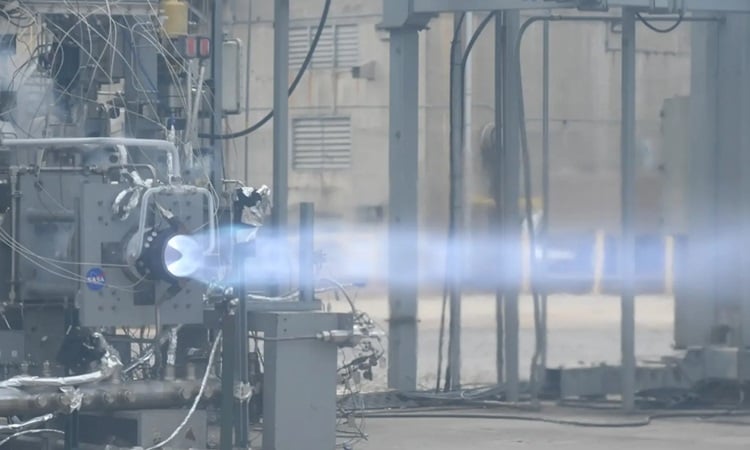
![[Photo] General Secretary To Lam attends the 80th Anniversary of the Cultural Sector's Traditional Day](https://vstatic.vietnam.vn/vietnam/resource/IMAGE/2025/8/23/7a88e6b58502490aa153adf8f0eec2b2)



![[Photo] Prime Minister Pham Minh Chinh chairs the meeting of the Government Party Committee Standing Committee](https://vstatic.vietnam.vn/vietnam/resource/IMAGE/2025/8/23/8e94aa3d26424d1ab1528c3e4bbacc45)



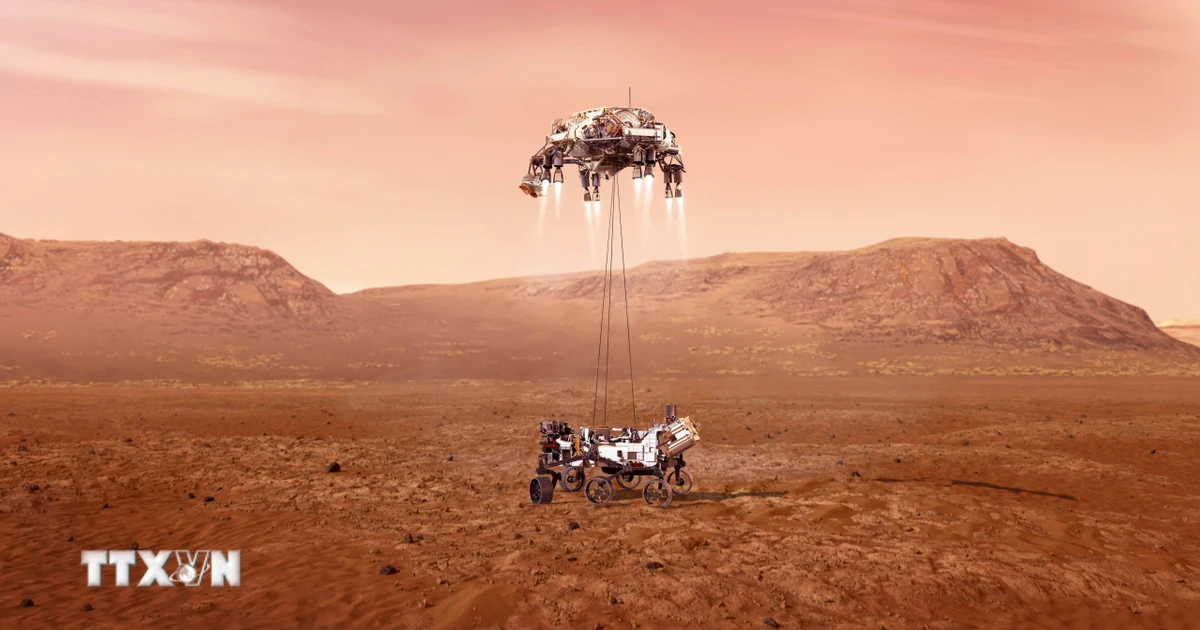

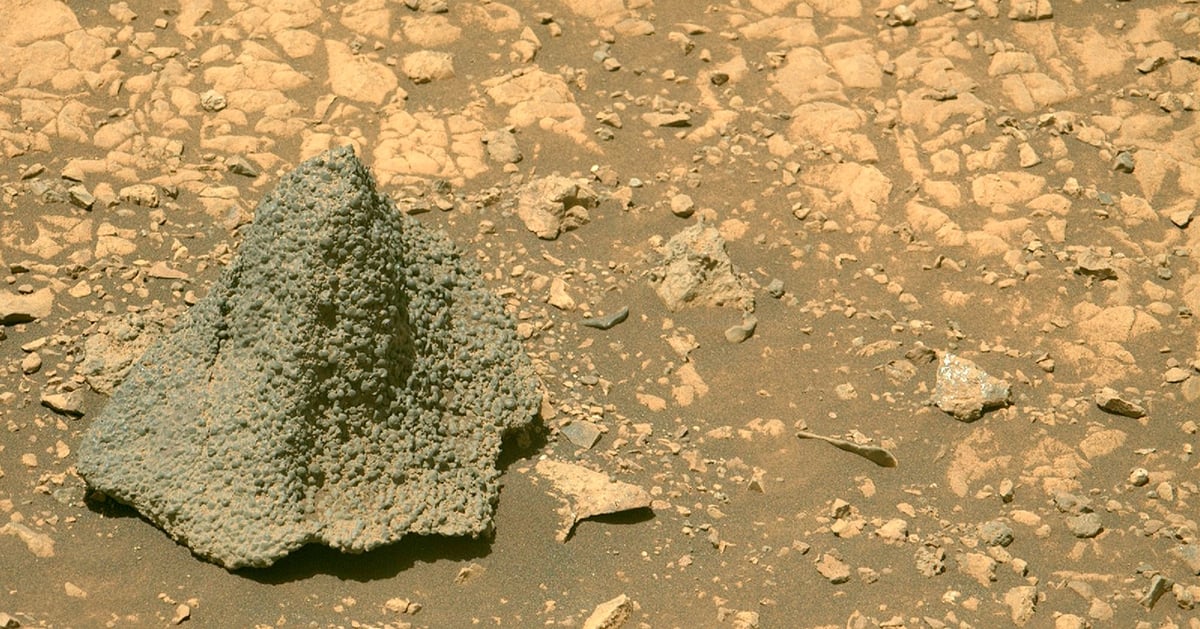

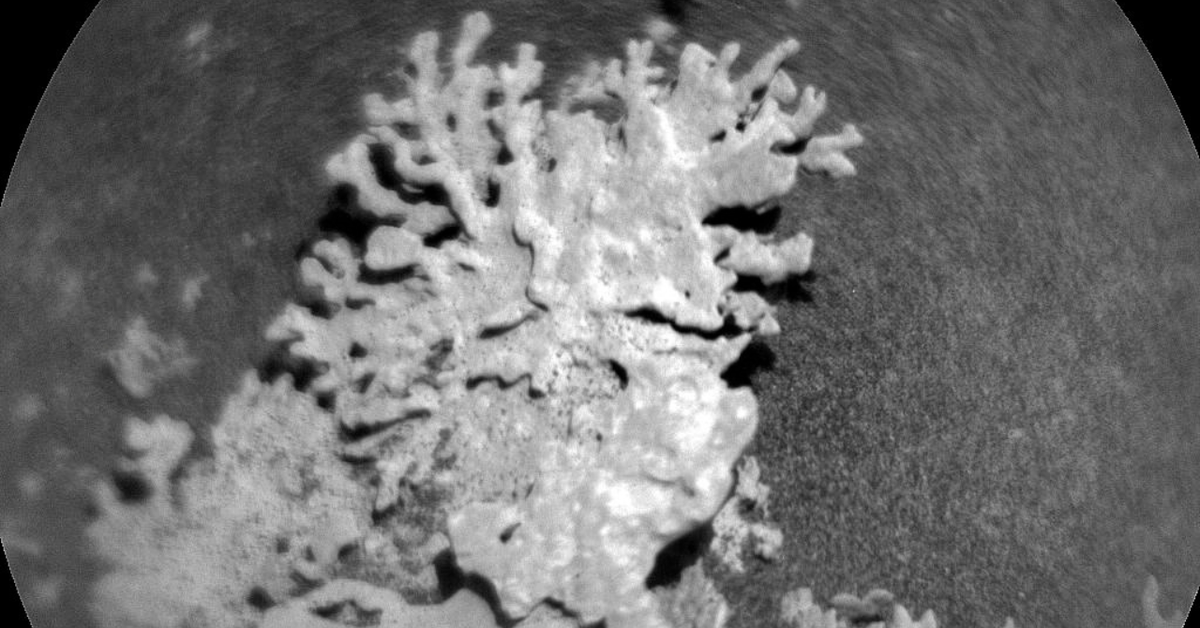
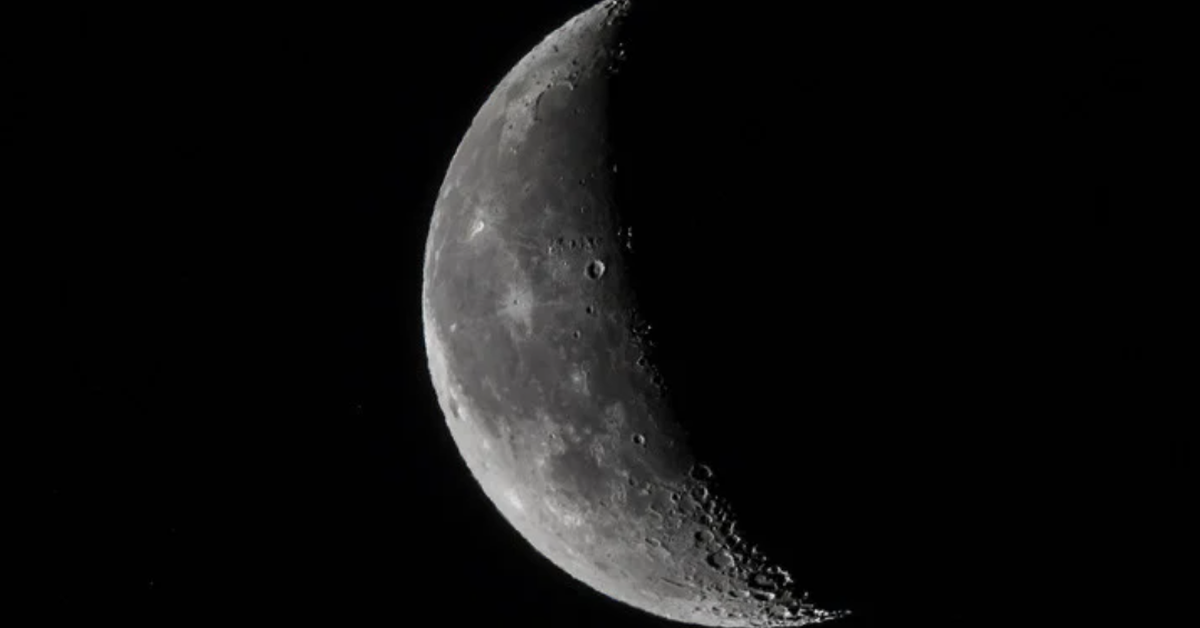
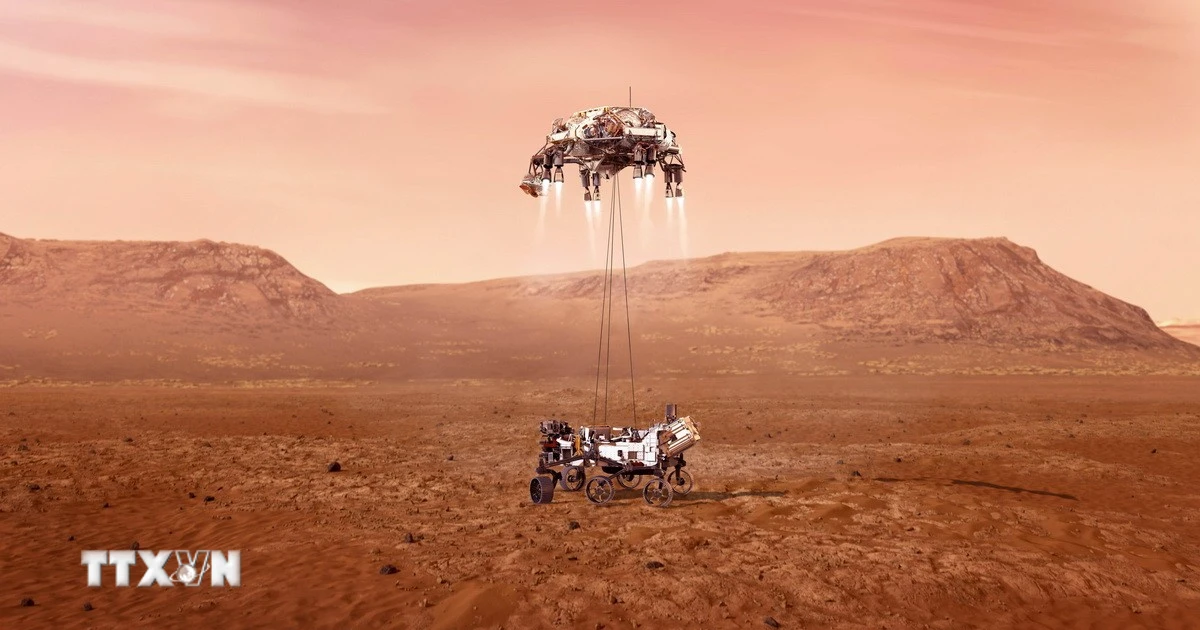





















































































Comment (0)